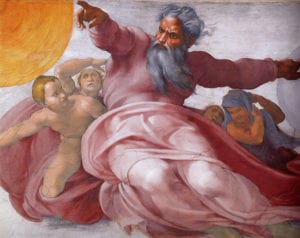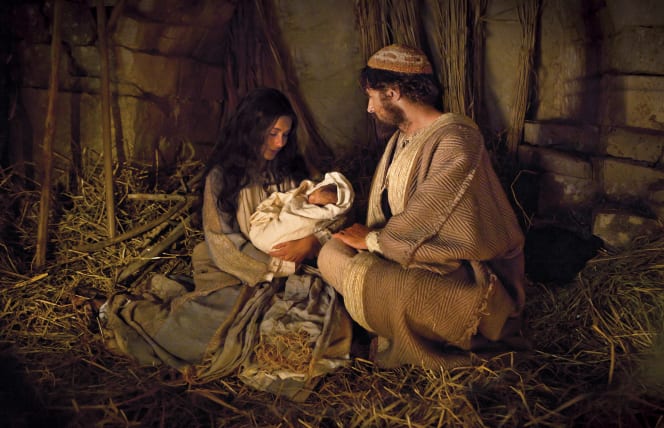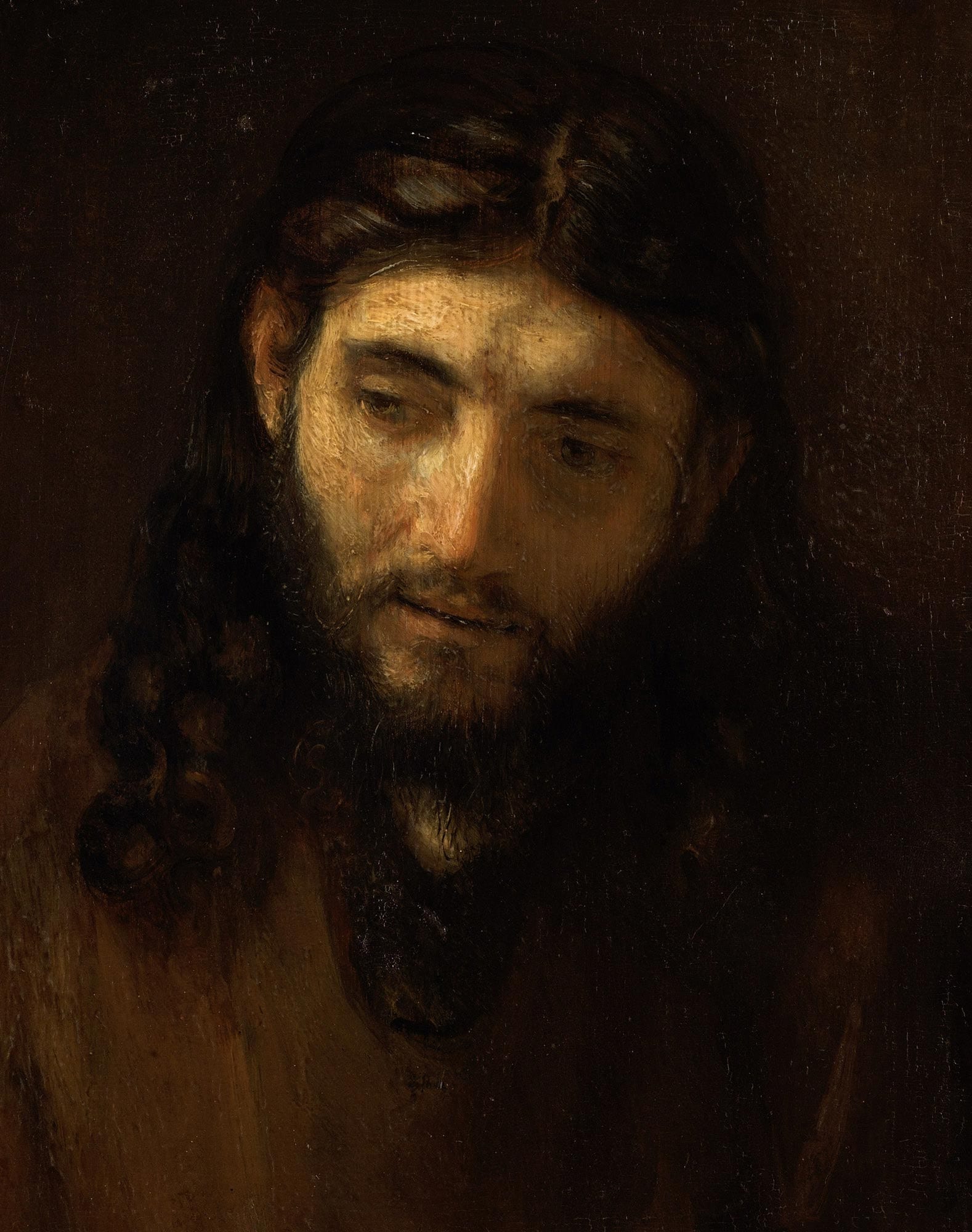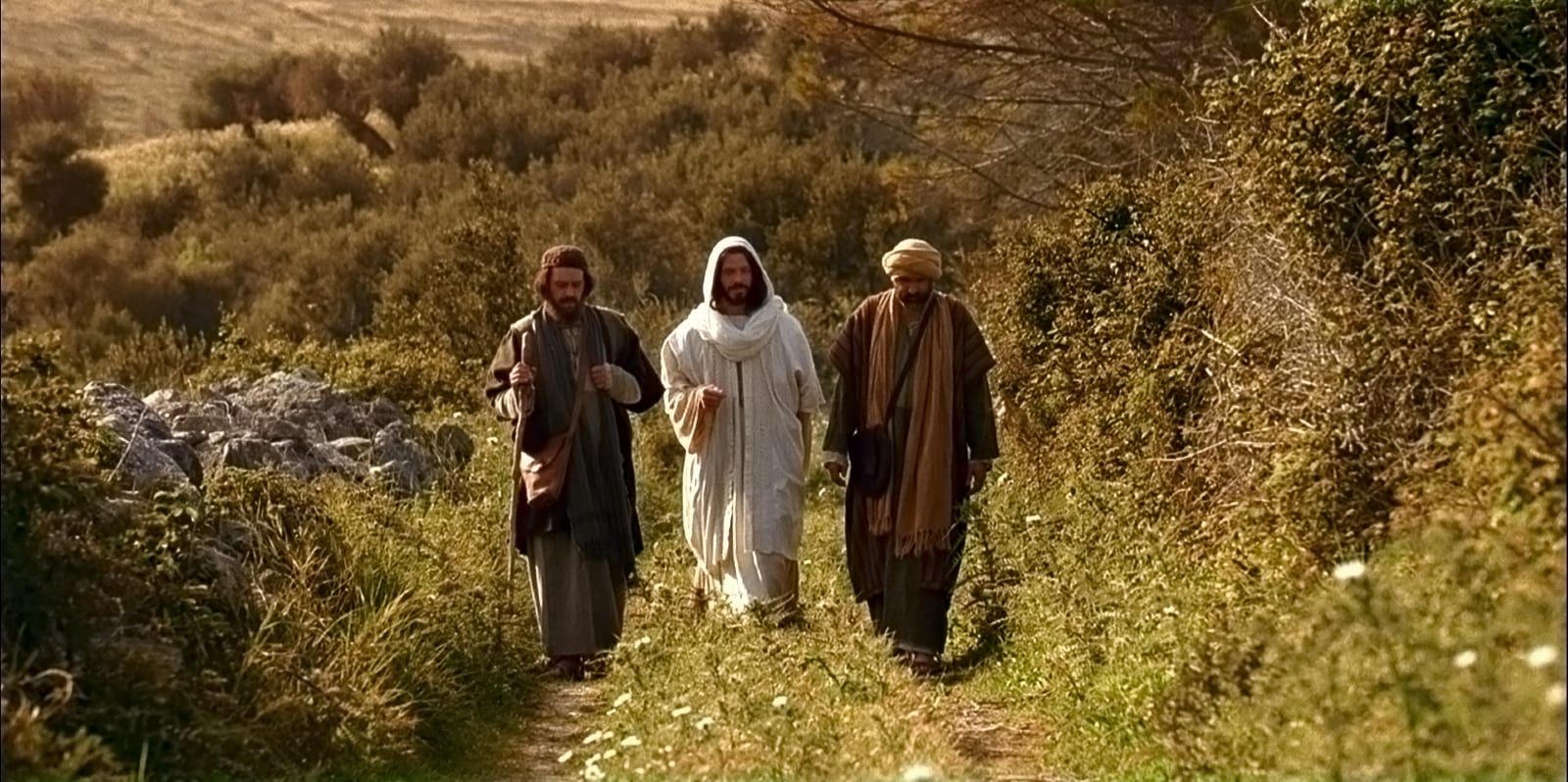As Latter-day Saints, we believe that the atonement plays a central role across all eternity. And though I don’t understand all the ways in which that is true, I was recently fascinated by commentary on Genesis 1 from “The Jewish Study Bible”. Commentary that suggests something atonement-like was going on at the very beginning of creation.
Genesis 1 is Best Translated as God Ordering the Universe from Pre-existing Chaos
The Jewish Study Bible translates Genesis 1:1-2 like this:
When God began to create heaven and earth – the earth being unformed and void.
Pay careful attention to the subtle grammar of this sentence. The commentary suggests that the proper translation of these verses is not of a God creating a universe out of nothing, but of a God that “began” creation when the universe was still “unformed” and chaotic.
Furthermore, the footnotes add that Modern readers like to think the opposite of something is nothing, but to the ancients the opposite of something is chaos. A chaos they thought has malevolent power. Thus, the proper translation of these versus portrays a God who creates through taming a malevolent chaos.
The Wikipedia also makes similar observations.
Is This God More Powerful Than the Traditional God Who Creates Something Out of Nothing?
The Jewish Study Bible then informs us that this idea has generated debates between Rabbis. The Rabbis who prefer the traditional “ex-nihilo” translation of Genesis suggest this “better” translation implies God built his kingdom on a dung hill. Also, they worry that if the universe has an existence independent of God, this undermines basic theology. For one, if God is really battling in chaos, are we certain He is in control? If chaos ruled once, can it rule again?
The response other Rabbis have given is that such a God is the more powerful One. Which is more impressive: A God Who can create what He wants in the context of no opposition? Or One that has accomplished similar creative goals in the face of opposition?
To use a horrible analogy, who is the more impressive gamer: one playing Sim City who creates the world he wants because all the cheat codes were up his sleeves, or one who had to fight through the game’s intrinsic opposition?
Furthermore, this latter God may be free from the problem of evil described below.
Why This Translation is Interesting in Light of the Atonement
One way to look at the atonement is that God is trying to turn you into a perfect person. An exalted creation. To use a CS Lewis analogy: you may be perfectly fine with being a little cottage. But God’s plan involves turning you into a palace, as difficult as those renovations may be.
In going about this “exalted creation”, a common question raised is: if God can create whatever He wants, why doesn’t He just create you perfect from the beginning? This is fundamentally the “problem of evil“.
This translation would supply a response to that by changing our perspective on how God must create. If from “the beginning” God’s creative plans have required the overthrow of pre-existent chaos, perhaps for us to become perfect “like Him” similarly requires a battle of that same chaos. It’s as if the “opposition of all things” we must overcome is a continuation of the process that started in Genesis 1. As if learning to be creative like God is not learning to simply will things into existence, but is learning how to roll up our sleeves and with Him defeat the chaos that confronts us.
This makes Genesis 1:1 even more profound than merely being a verse about creation. It may be a verse that underscores what is at the heart of the entire plan of salvation.
Why Scientists, Strangely Enough, Should Find This Translation Interesting
It has been the hobby horse of recent scientists to suggest that, in the light of quantum mechanics, the opposite of something is not nothing but instead some quantum chaos. See recent books by Stephen Hawking and Lawrence Krauss for example. Now admittedly these books have been blasted for being filled with bad philosophy in their attempt to reduce the entire universe to a few 20th century physics principles the authors coincidentally specialized in. (Not too different from biologists I have met who likewise attempt attribute everything about the known universe to the evolutionary principles they were blessed to study in graduate school) But these philosophically bad reductionist errors are beside the point here.
My larger point is that there is a growing belief among scientists that quantum mechanics suggests that the opposite of something is not nothing, but a “quantum”-like chaos. Remove “everything” in a quantum mechanical system in an attempt to obtain “nothing”, and you are still left with a randomly “fluctuating” zero point energy. An energy with a chaotic structure that I will not speculate too much about as we don’t completely understand it, but one that at least hints that physical systems devoid of organized structure are not “filled” with nothing, but instead something akin to chaos.
Thus, it’s interesting that the “more accurate” translation of a thousands of years old Genesis verse may have been consistent this entire time with physics that we did not know until very recently. That before the “something” that we call our universe was not nothing, but a chaos that had to somehow be “tamed”. And though how that was done remains a mystery to both scientists and theologians, it appears Genesis is correct with the idea that it needed to be done.
Hat Tip to Joseph Smith
As you all know, Joseph said basically the same thing in the King Follett Discourse:
Doesn’t the Bible say he created the world?” And they infer, from the word create, that it must have been made out of nothing. Now, the word create came from the word baurau, which does not mean to create out of nothing; it means to organize; the same as a man would organize materials and build a ship. Hence we infer that God had materials to organize the world out of chaos—chaotic matter, which is element, and in which dwells all the glory.
Thus, despite his flaws, Joseph continues to be a man whose teachings are quite impressive. Even though Joseph’s understanding of Hebrew pales in comparison to the great Rabbis of history referred to in this commentary, he demonstrates time and again fascinating level of inspiration.
—
Joseph Smidt is a physicist in the X-Theoretical Division (XTD) at the Los Alamos National Laboratory (LANL) where he currently sits as the cosmology team lead for LANL’s Center for Theoretical Astrophysics (CTA) as well as a point of contact for the US nuclear stockpile. His research is split between cosmology, astrophysics, inertial confinement fusion and nuclear weapon design. He has published over 50 papers in the open literature on a wide range of early universe topics from supersymmetry and cosmic inflation to how the first stars and galaxies formed. Joseph obtained his PhD in physics at the University of California, Irvine, and double majored in physics and mathematics at BYU. He was married to his wife in the Salt Lake Temple, has five wonderful children, and currently serves as stake clerk in the Santa Fe New Mexico Stake.






